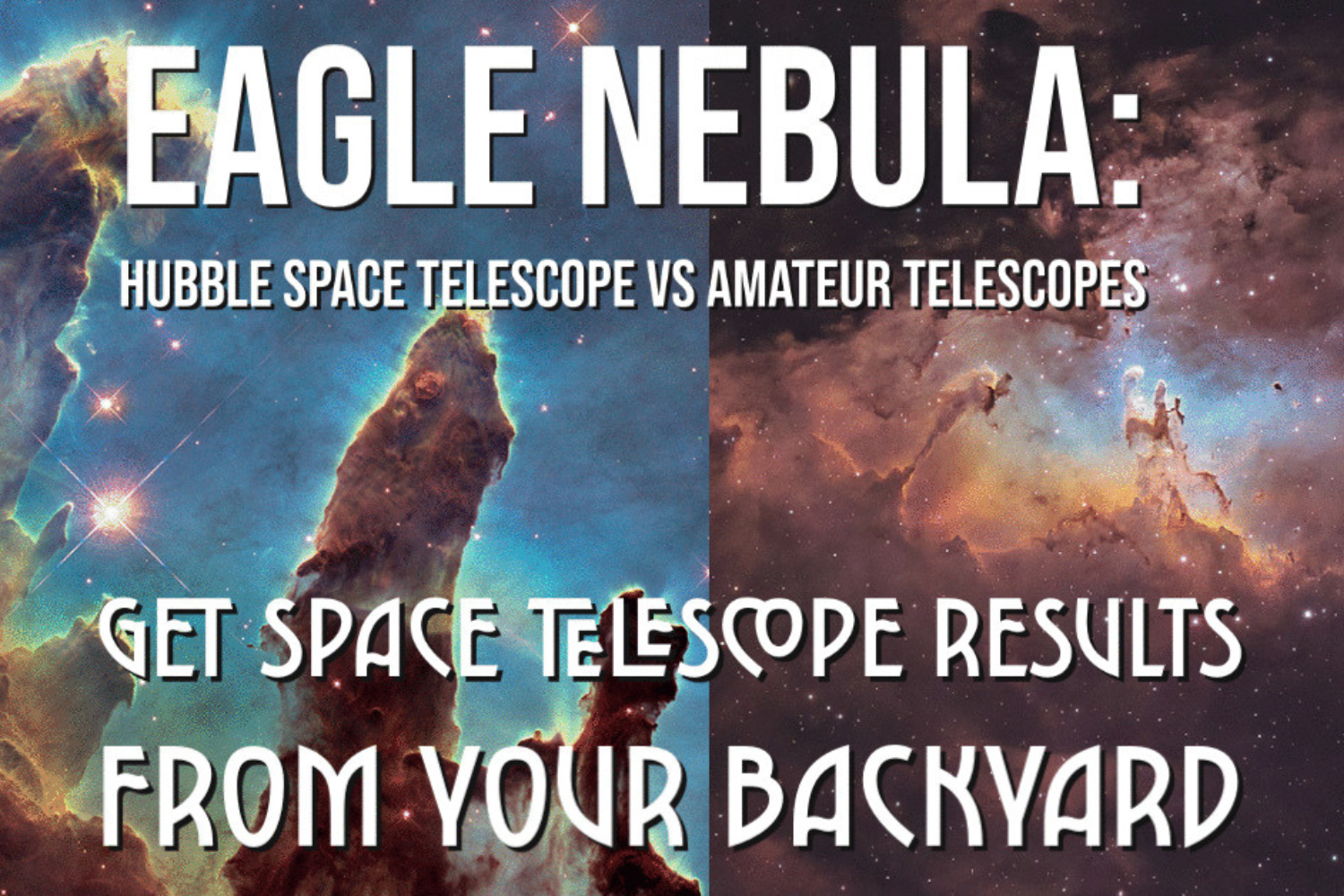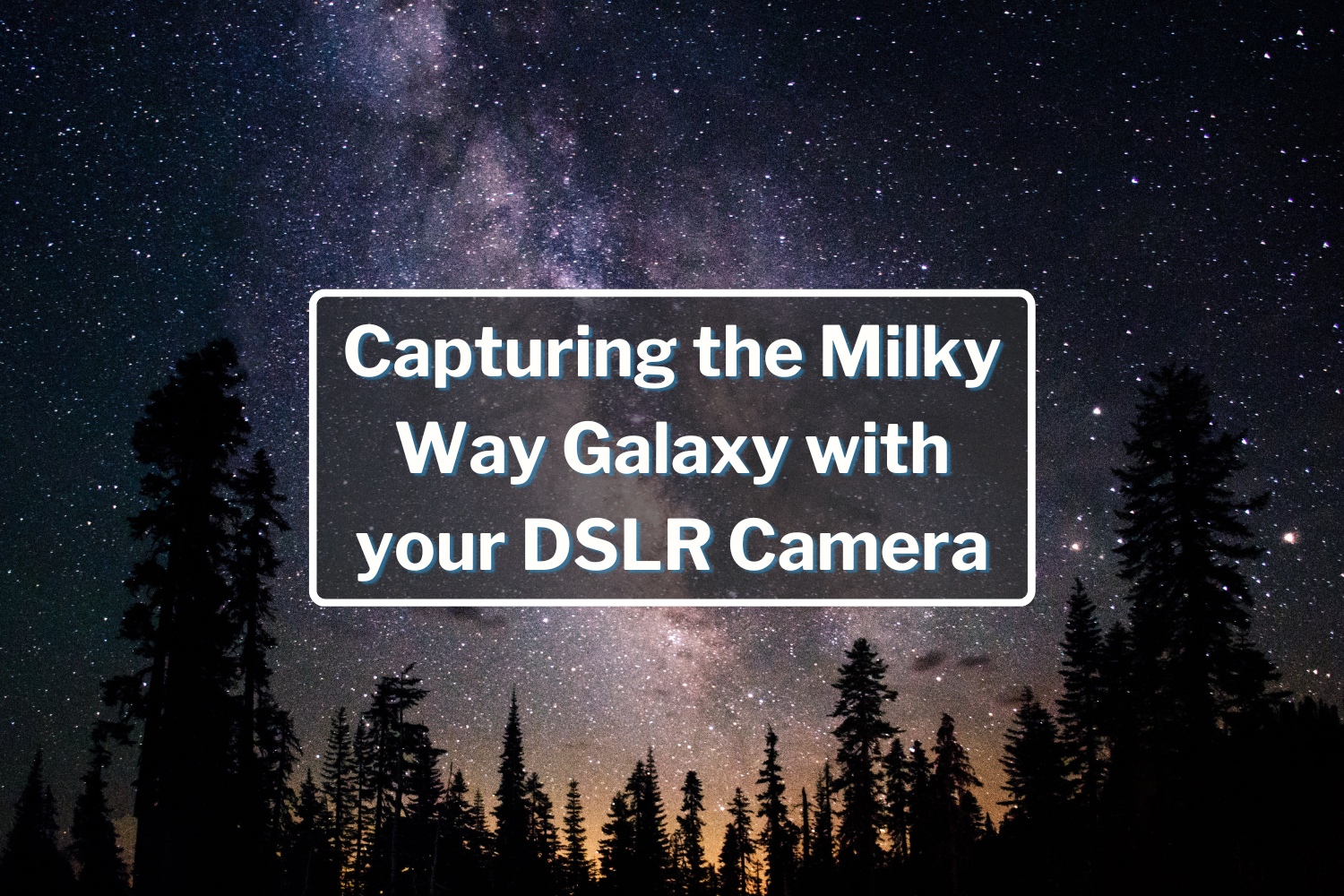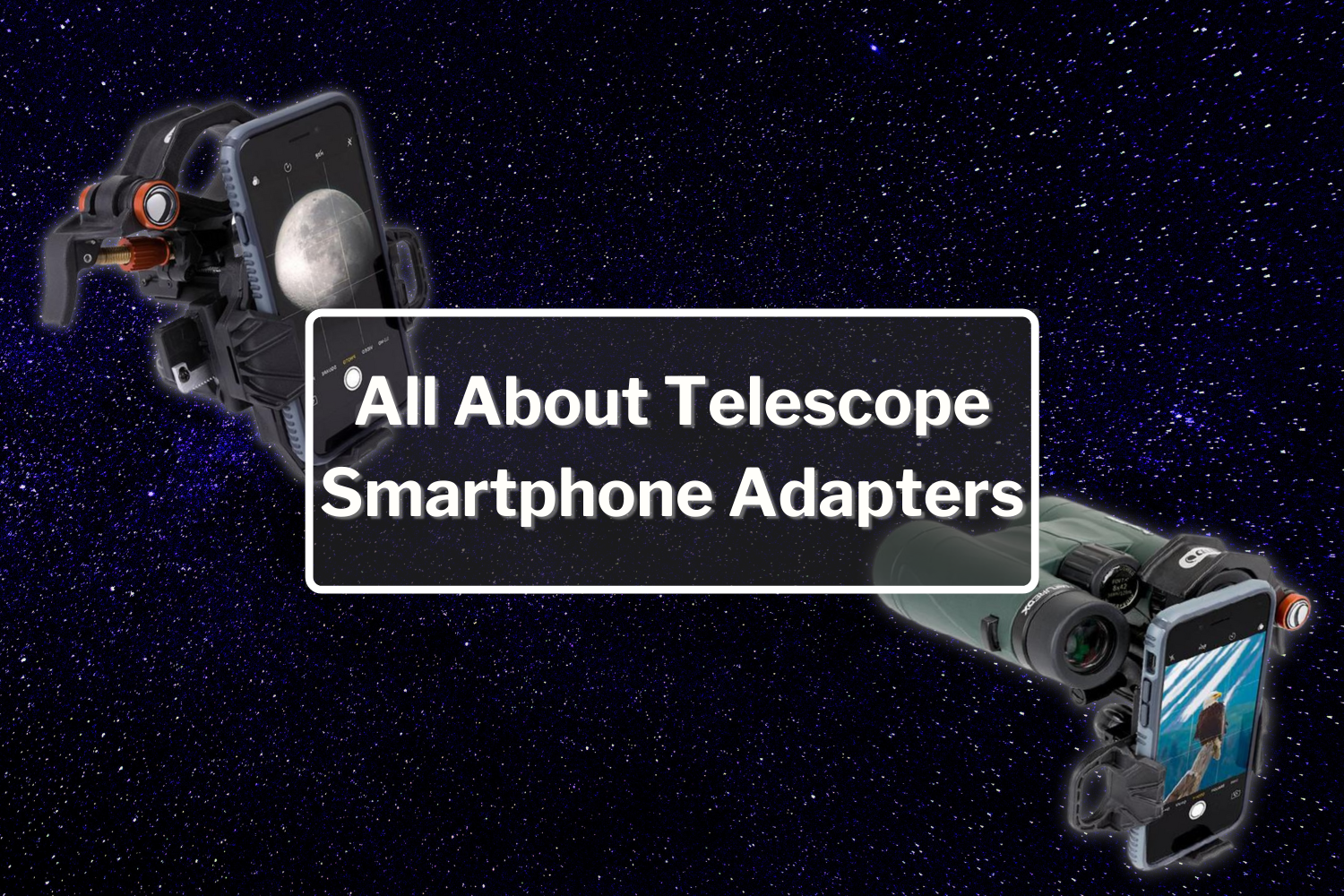The ABCs of Astrophotography [The Short Definitions]
Your astrophotography definitions cheat sheet for many of the standard terms used in the hobby. Bookmark this page so you can reference it as much as you need. Test your knowledge or learn something new!
ABCs of Astrophotography
A
Aperture
The opening of a lens's diaphragm through which light passes. The aperture of a telescope is what helps you see details of objects in space. For example, an aperture of 102 mm that will allow you to see the Moon's surface, Saturn's rings and more.
B
Bortle Scale

The Bortle scale is a nine-level ranking system used to determine the level of darkness or light pollution a night sky has. Level one is the darkest sky possible, and level nine is heavy light pollution like in a city.
C
Celestial Coordinates
Astronomers use celestial coordinates to reference positions of celestial objects in space. Imagine taking a map with longitude and latitude coordinates and creating a sphere around Earth with it. Astronomy softwarelike the Stellarium Astronomy Software help astronomers see these coordinates to plan and track their images.
D
Distance
You can use your outstretched hand to measure distances in the sky! The width of half of your outstretched pinky is about the width of the Moon!
E
Earthshine

Earthshine is sunlight that is reflected by Earth and illuminates the dark part of the Moon. Sometimes when looking at the crescent moon soon after the Sun sets or rises, you can see the rest of the darker side of the Moon in addition to the bright crescent.
F
Field of View
The field of view is the amount of night sky you can see through a telescope, DSLR, binoculars, or astrophotography cameras.
G
Galaxy
A galaxy is a vast collection of dust, gas, and billions, sometimes trillions, of stars held together by gravity. For example, Earth exists as a planet in one solar system that exists in the Milky Way galaxy.
H
H-alpha

H-alpha (Hα) is a specific line in the visible spectrum (explained more below). In astrophotography, narrowband filters help astrophotographers isolate certain gases in deep space images.
I
Inclination
The inclination is the measure of tilt of a planet's orbital plane in relation to Earth.
J
"Just Do It"
We know it can be intimidating to get started in astrophotography that is why we created OPT University to help you every step of the way! All expert astrophotographers started somewhere so if you are thinking about it, just do it. There is a whole community of people wanting to help you succeed. Call us or message us for any questions you may have.
K
Kelvin
A measurement used to scale extremely cold temperatures. The Kelvin scale is very similar to the Celsius scale except that while the freezing point of water is zero degrees Celsius, it is 273 degrees Kelvin in the Kelvin scale.
L
Luminance
The amount of light that a celestial object is omitting. In astrophotography, this can be measured with data collected with astronomy cameras.
M
Magnitude
The measure of brightness of an object. How bright a celestial object is from a standard distance.
N
Nebula

A nebula is an interstellar cloud of dust, hydrogen, helium, and/or other ionized gases. There are five types: emission, reflection, dark, planetary, and supernova remnants.
O
Opposition
An opposition happens when Earth is in the middle of a line between another planet and the Sun. Planetary oppositions are the best time to observe or image the planet because it is also at its brightest.
P
Polar Alignment
Polar alignment is the process of aligning telescope equipment to the celestial pole. For an in-depth explanation, check out our mastering polar alignment blog to learn more.
Q
Quantum Efficiency
A camera sensor spec that is basically just a fancy term for how much light a camera sensor can convert to a usable image.
R
Read Noise
A camera sensor spec that measures of the true value of data read by the sensor. Because a sensor can't read all the charge at once some of it is left out as it calculates what it is receiving. The lower the number the better. For example the ZWO ASI224MC has a low read noise of 3.1e. It means the minimum amount of light it can capture which is important in deep sky astrophotography because you want to capture the most light possible.
S
Sunspot
A sunspot is a temporary dark blemish on the Sun's surface. Sunspots are gas about the size of a planet that is cooler than its surroundings. Sunspots can be viewed safely using a solar filter.
T
Types of Telescopes

There are three types of telescopes: reflector, refractor, catadioptric. Reflectors use mirrors, refractors use glass, and catadioptrics use both.
U
Umbra
The umbra is the inner shadow or the darkest part of the shadow created when celestial objects overlap like in an eclipse.
V
Visible Light
Visible light is the range of wavelengths in the electromagnetic spectrum visible to the naked eye. Hint: the colors of the rainbow.
W
Wavelength
A wavelength is a distance between two successful crests where the pattern repeats for energy moving from one place to another. In astronomy, this usually refers to wavelengths of light.
X
X-ray
A type of electromagnetic radiation that has a very short wavelength and high energy. In the spectrum, X-rays have longer wavelengths than cosmic rays and shorter wavelengths than ultraviolet light.
Y
Yellow Dwarf
A yellow dwarf is a type of star that is stable in its evolution phase. The Sun is a yellow dwarf.
Z
Zenith
The point in the sky that is directly above an observer.
Curious to learn more? Listen to the Space Junk Podcast episode on the language of astronomy with Brian Fulda from the OPT team! Clear skies!












SteveO
April 28, 2022
,estimate cost:
I have an old Celestron C8 and am thinking about new equipment and now trying to get ball park costs.
1. Estimate cost of system shown on OPT home page?
2. Estimate cost of Mark Murdoc’s (don’t know if I spelled his name correctly) as he described in his you tube presentation.
My guess, something in excess of $10,000.00
Thanking you in advance.
Steve Oskorus
Anaheim